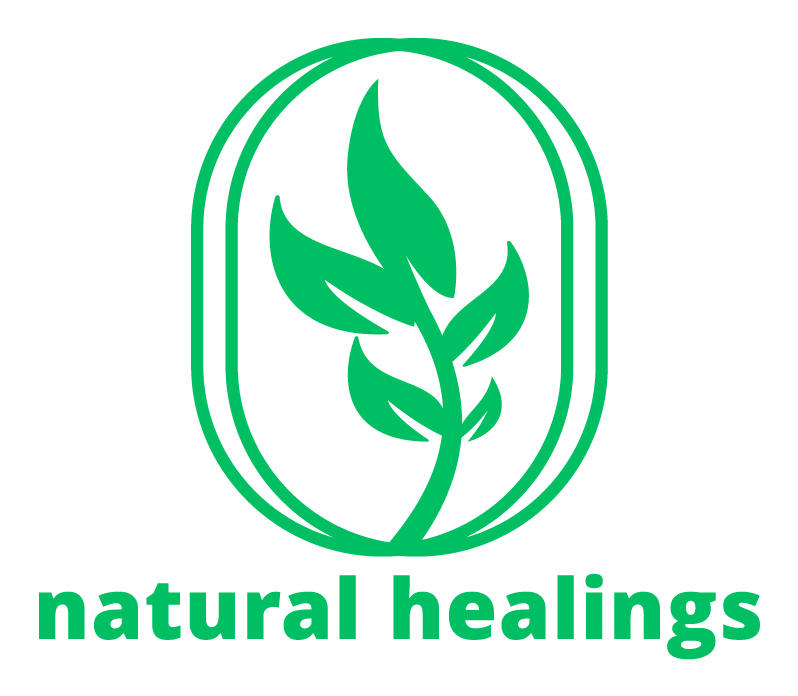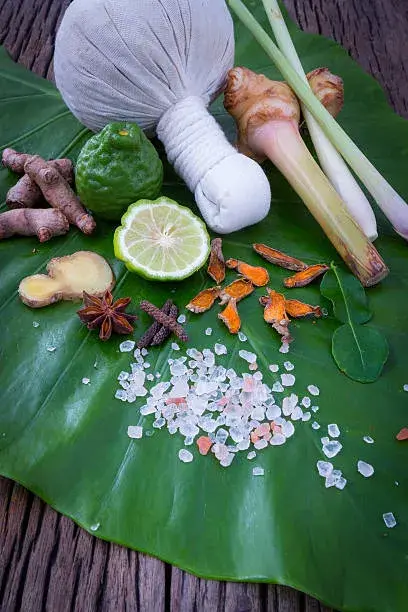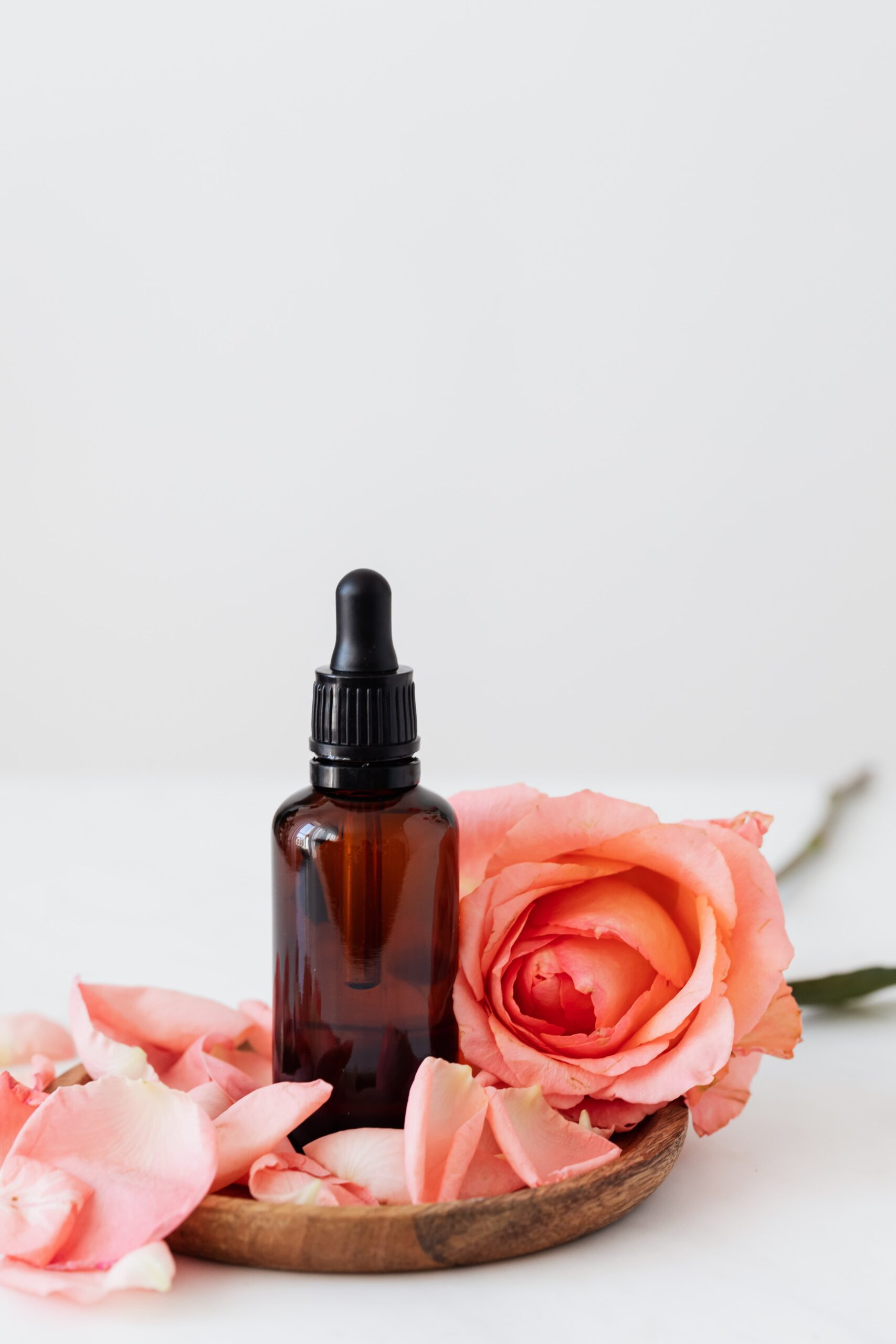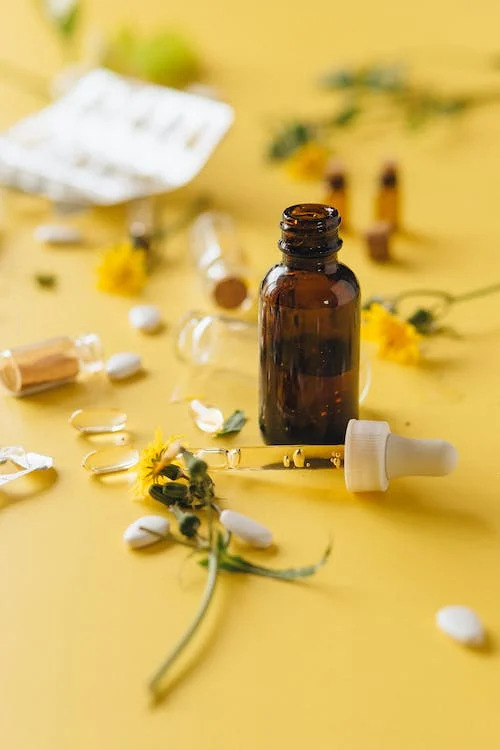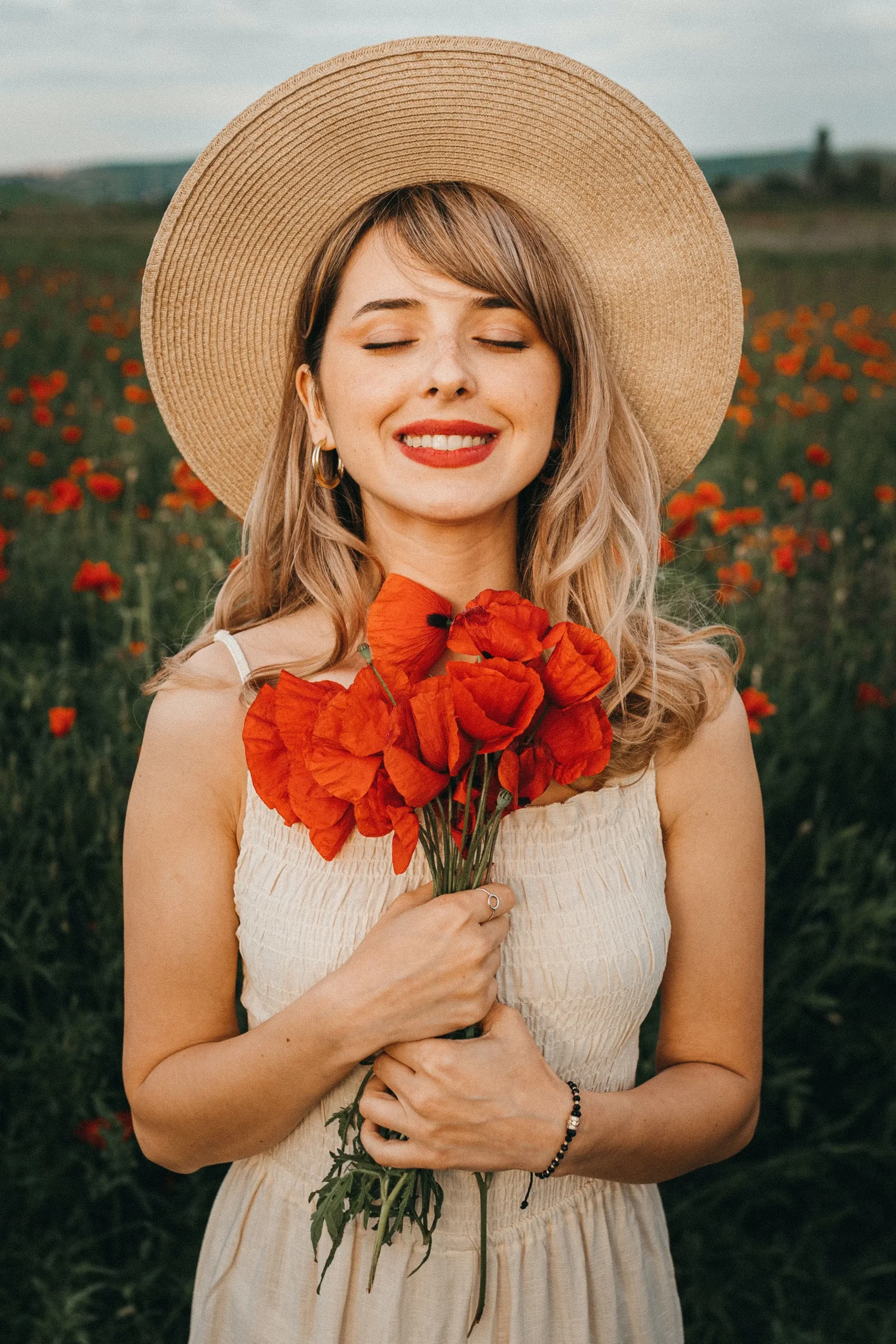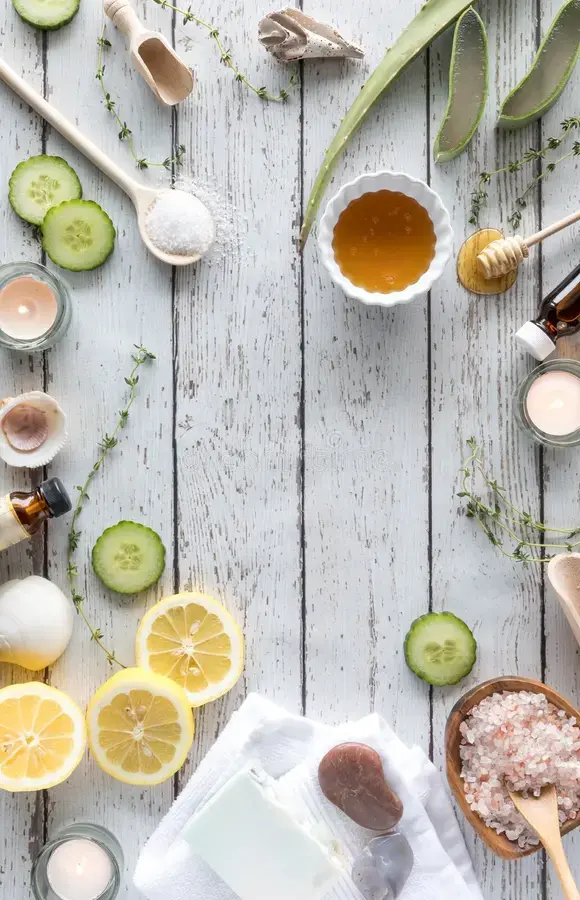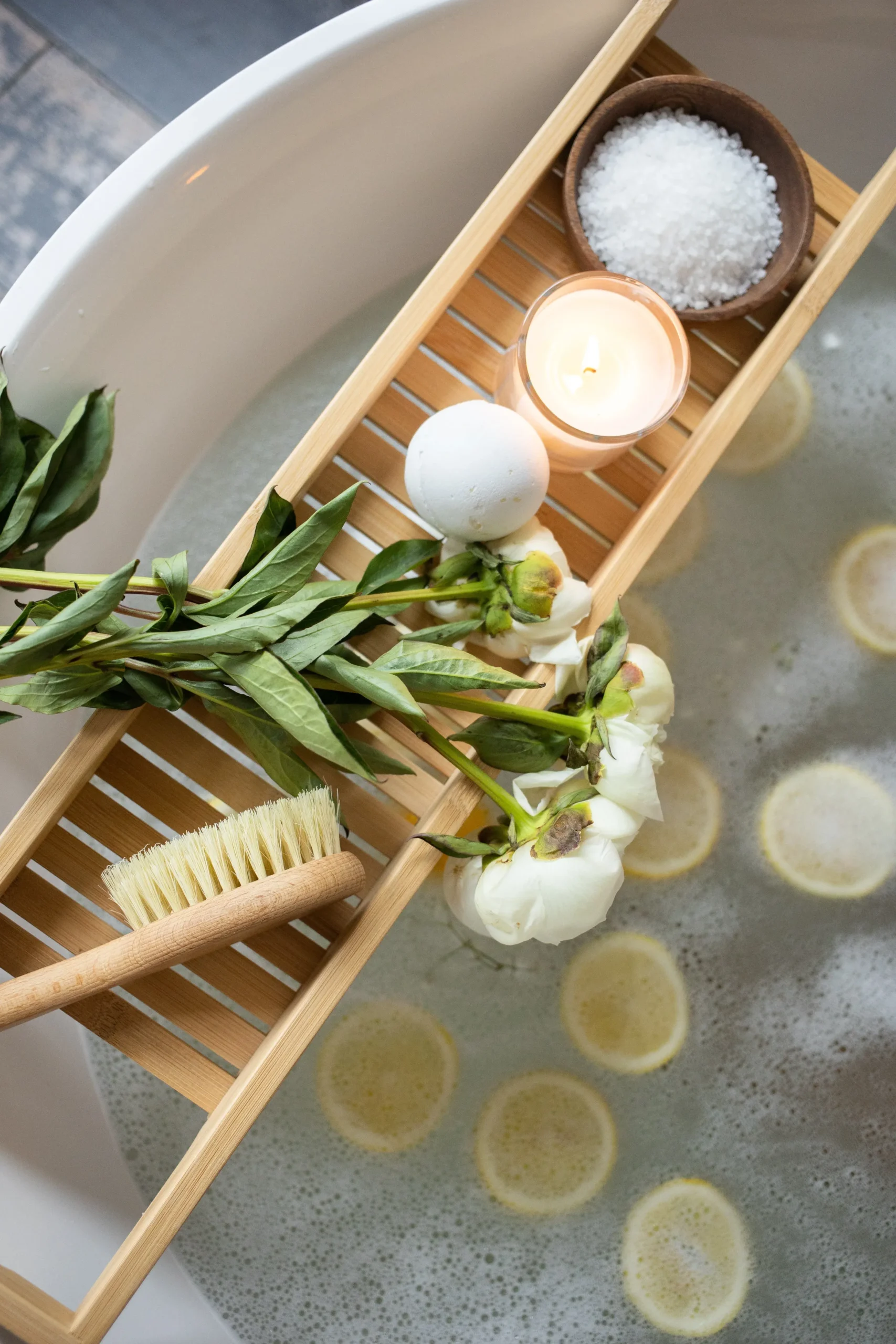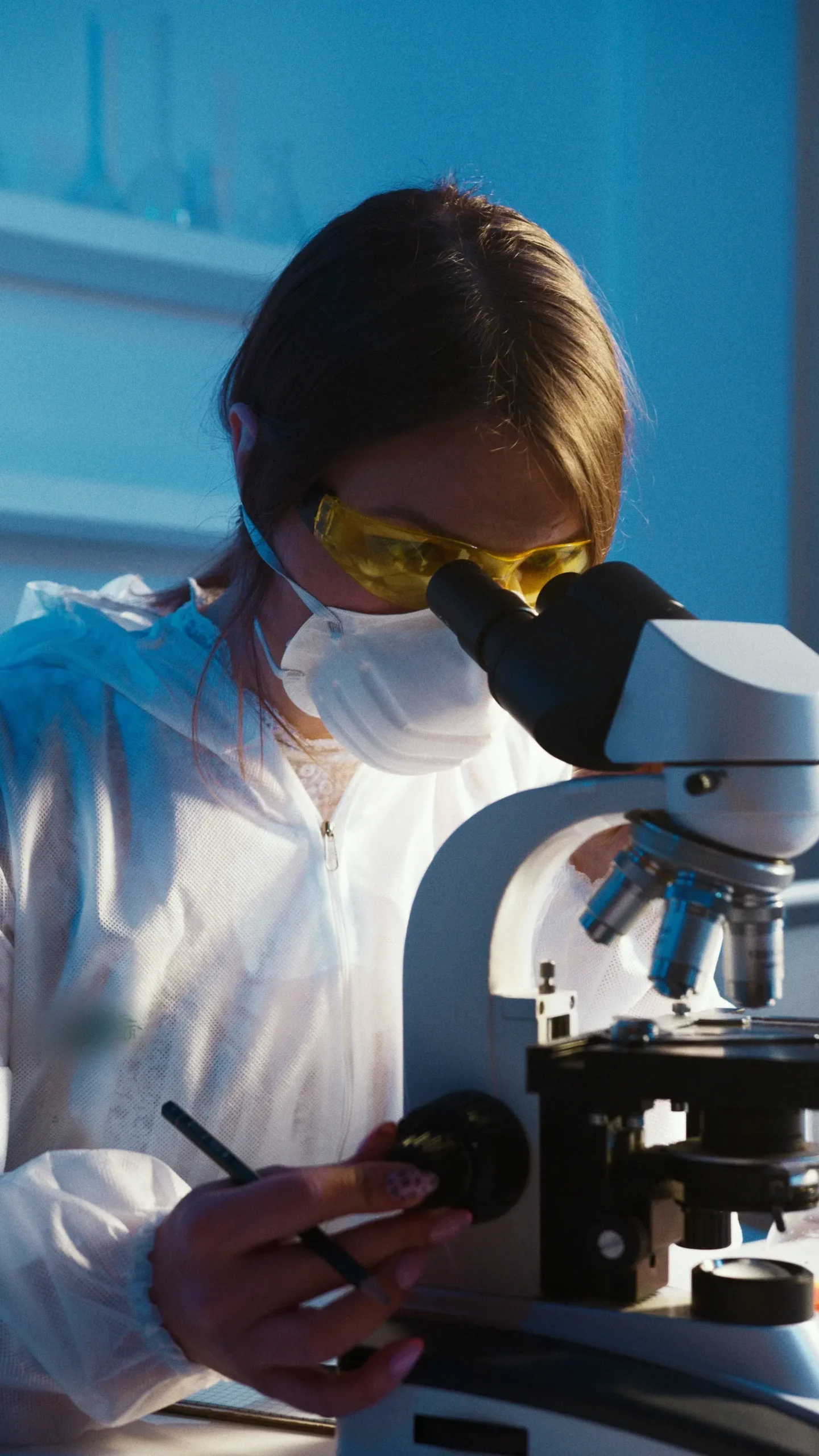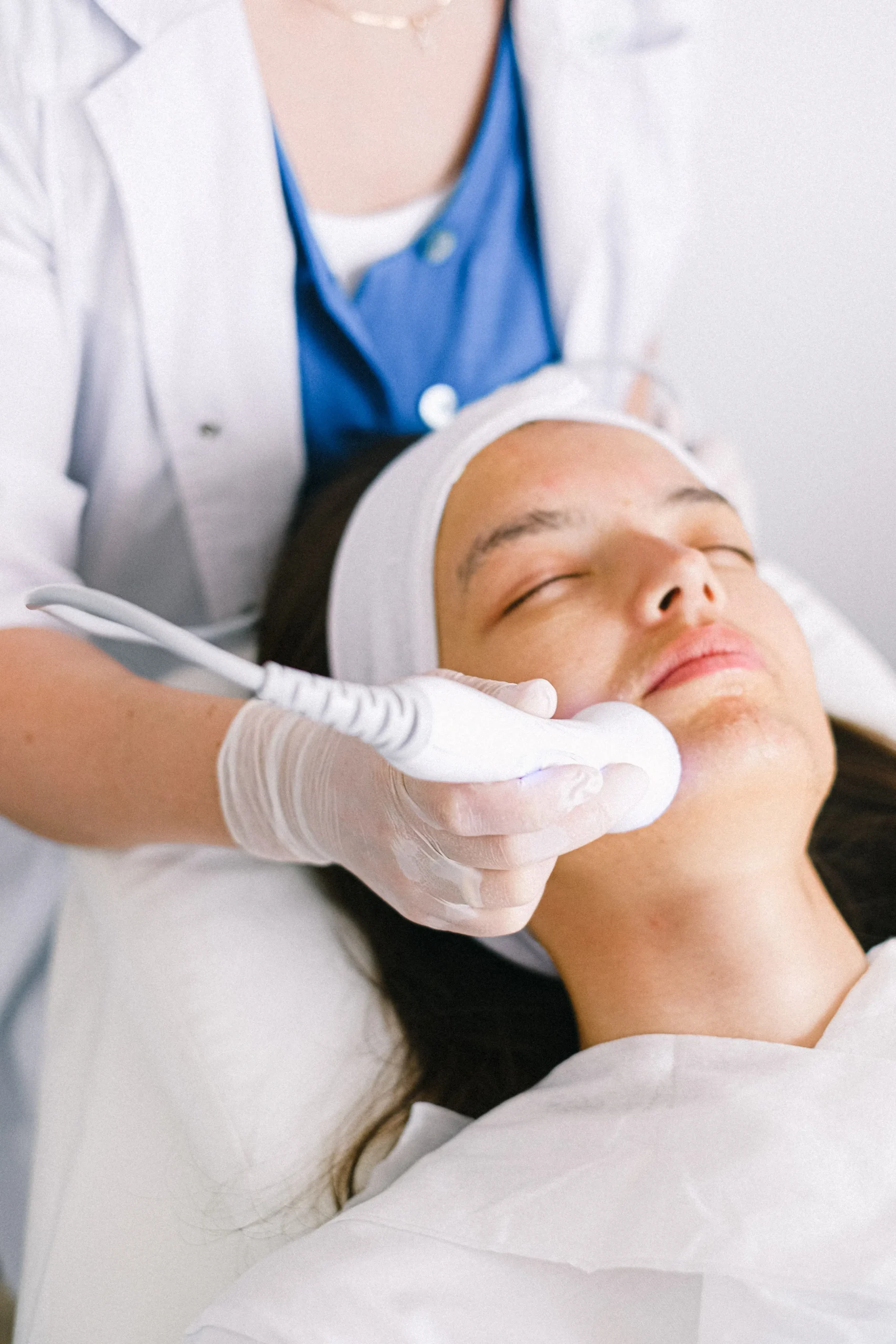KNEIPP THERAPY
In the nineteenth century, the German priest Sebastian Kneipp (pronounced Ka-nipe) developed the water-therapy system that bears his name. Today, variations of Kneipp therapy, or hydrotherapy, are practiced in spas around the world. The core element of this treatment involves the therapeutic application of hot and cold showers, rinses. baths and compresses. This approach may also include many other therapies, such as the use of simple nutritional treatments, herbs, movement therapy and courses of rest and exercise. Kneipp’s main motto is: “Inactivity weakens, exercise strengthens, excess harms.” By having regular treatments, many of which can be done at home, the technique aims to increase blood flow, stimulate the metabolism, temper pain and boost immunity.
SALTWATER BATHS RINSE AWAY STRESS
Water applications condition not only the blood vessels, but also the nerves, since 90 percent of our autonomic nerve endings are in the skin’s & surface. Hot water specifically, 3 has a stimulating effect on C the nervous system, relieving stress and such symptoms as insomnia. A saltwater-bath cure may be especially useful for reducing stress: Stir of table salt in to a 100°F bath, soak for 20 min., shower off with cool water, then rest for 20 min. Repeat this saltwater bath every third 24 day for six weeks.
KNEIPP THERAPY
The Treatment: Kneipp therapy employs baths, showers, rinses, wet compresses and water exercises, with a full course of therapy lasting as long as four weeks. While this type of therapy Is very common in spas in Europe, it tends to be less popular in the United States.
🙤 The effects of cold-water applications
Kneipp therapy helps stimulate circulation. Cold-water applications to the skin’s surface initially cause the blood vessels to contract. The circulatory and nervous systems respond by sending warm blood to the chilled areas in an attempt to maintain the body’s temperature. This stimulation of the more than 25,000 temperature receptors on the skin also increases the flow of blood to the organs.
🙤 The viewpoint of mainstream medicine
Kneipp worked closely with physicians across much of Europe to establish a scientifically proven foundation for his theories. Today, many of his ideas about the benefits of water therapy, nutrition and exercise are accepted by traditional doctors.
Extra Tip
Always exercise to warm up the body before beginning any cold-water applications. Keep the room temperature between 72 °F and 75 °F. It’s also important to avoid drafts during cold-water treatments,
Useful for high blood pressure, o low blood pressure, arthritis and rheumatism, £ sleep disorders, vascular diseases, cramps, pains, stress, food allergies, digestive problems, immune deficiency and respiratory disorders
✽ Methods of Administration ✽
♦ Water walking
Fill the bathtub 12 in. deep with cold ~ water. Walk for 2 min. with a stork-like gait, ~ each time lifting your foot completely out of the water. Use slip guards to prevent falls. After exiting the tub, put on warm socks. Do this exercise in the morning to stimulate . circulation. You can also do it at night to : promote sound sleep, but you don’’t have Hcto) wear the socks to bed.
♦ Cooling calf wrap for fever
rap the calves first with a cool, damp linen cloth, then with a layer of dry linen and then – with2layers of cotton cloths and 2 layers of ~ wool cloths. The wrap can be repeated every « 15min.to lower a fever.
body wrap and facial rinse
Body wrap
To relieve stomach pains, Kneipp recommended a moist, cold body compress. Fold a linen cloth so that it covers the body from the rib cage to below the navel. Soak the cloth in cold water, squeeze it dry and place it over the stomach. Wrap a large cotton towel and a wool blanket around the body on top of the damp linen.Rest quietly for about 1’/ hours, until the compress warms up.
Facial rinse
Fase head colds and sinus infections with a facial rinse. Varying the water temperature dilates blood vessels and loosens mucus, thereby easing congestion.To do the rinse, use a handheld shower or faucet extension.Direct a very cold jet of water onto the bridge of the nose for 1 min.Then switch to warm water for 2 min.Finally, change back to cold water for 1 min. Use the facial rinse morning and evening until the cold clears,
Extra Tip
Always exercise to warm up the body before beginning any cold-water applications. Keep the room temperature between 72 °F and 75 °F. It’s also important to avoid drafts during cold-water treatments,
